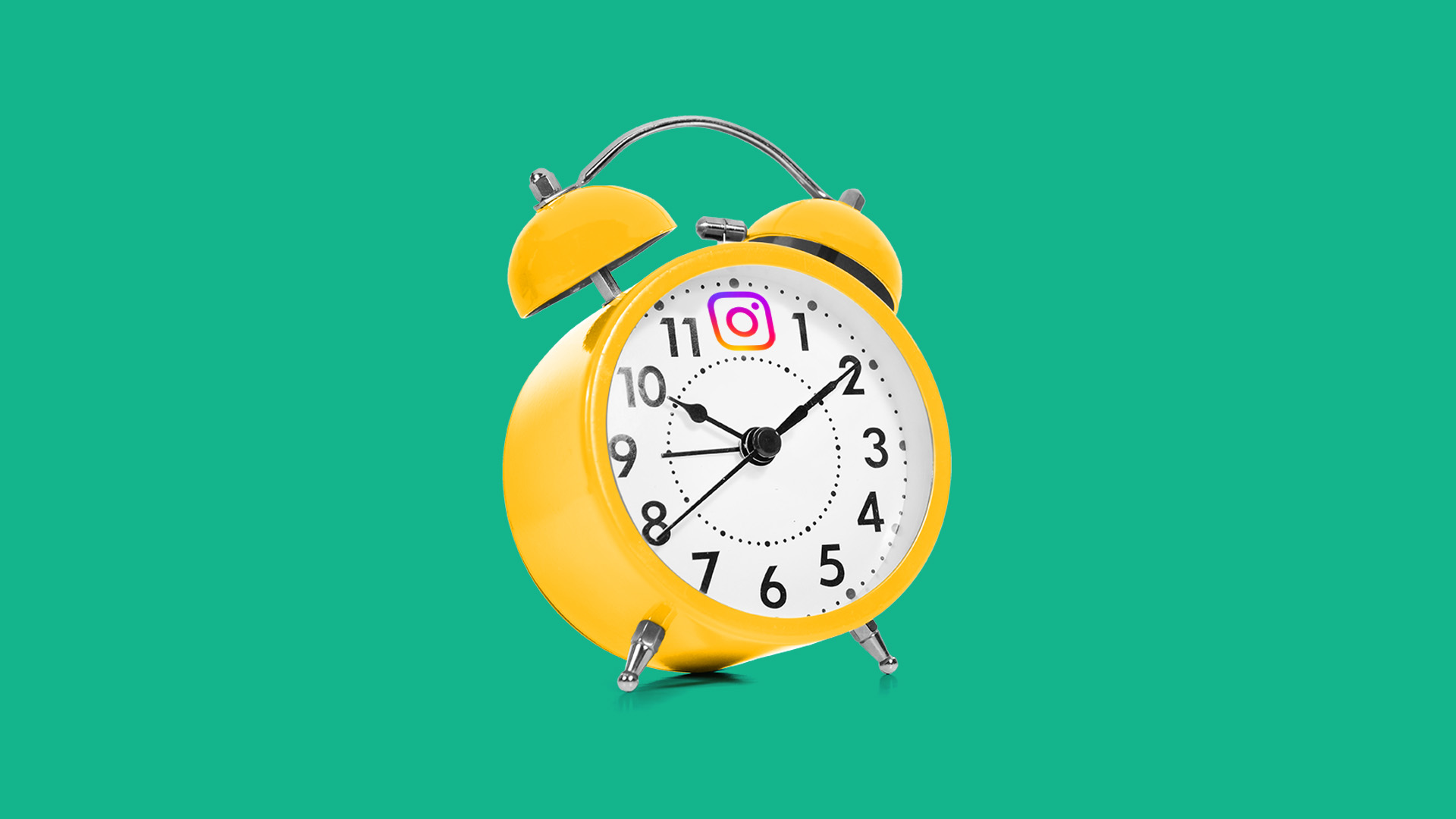Color Correction: What Is It & How Does It Work?

Creating polished, professional-looking content involves a lot more than just capturing engaging footage. Much of the magic happens during editing, and one essential technique for making your content look more aesthetically pleasing is color correction. Mastering this process can make a world of difference in your final product.
But exactly what is a color correction technique’s primary function, and how does the overall process work? Let’s take a closer look!
What Is Color Correction?
Color correction is the process of adjusting the colors in video footage to make them look as accurate and true-to-life as possible. It involves tweaking different variables, including the white balance, exposure, contrast, and color balance, to ensure everything looks natural and cohesive.
During this process, you want to neutralize any unintended color shifts or lighting inconsistencies in the raw footage. This is one of the first steps in video editing and will help prep your content for more creative adjustments like color grading.
Color Correction vs. Color Grading
Color correction focuses on adjusting colors so that they appear true to life. It also addresses technical issues that may make the objects or people in your video production appear distorted.
On the other hand, color grading is a creative process of enhancing or stylizing colors to create a specific mood or visual style. For example, you may add a warm, golden tone to convey nostalgia or add a blue tint to evoke a cool atmosphere.
It’s important to perform color correction first before you start making stylistic changes via color grading tools. If you’re grading content that already has a distorted color, it can affect the final appearance and may make your grading efforts less impactful.
Benefits of Color Correction
There are several advantages associated with using color correction during video editing. Here are five ways you can achieve a polished look.
1. Ensures Accurate and Consistent Colors
Color correction eliminates shifts and inconsistencies, ensuring that the footage accurately represents real-life colors. By balancing backgrounds, props, and other elements, this process makes your footage look clean and professional. Your goal is to create a visually appealing experience for viewers that accurately represents your subject matter.
2. Enhances Overall Visual Appeal
Well-executed editing enhances the overall visual quality of your video. By balancing colors and adjusting brightness and contrast, you can make your footage more vibrant and eye-catching.
However, it’s important not to overcorrect. You don’t want your colors to appear muted or blurred together. With that in mind, it’s a good idea to have at least a couple of people involved in the process to ensure your edits make the subject matter appear true to life.
3. Improves Exposure and Contrast Balance
Exposure and contrast are two of the variables you will manipulate during color correction to make sure details aren’t lost in shadows or highlights. Adjust these settings to create a balanced look and help viewers focus on the most important elements of your content. You don’t want them to be distracted by poor lighting or exposure issues.
4. Creates a Cohesive Look Across Multiple Shots
If you’re working with footage from different locations or lighting conditions, color correction can help make your content look cohesive. This cohesive look is crucial for maintaining continuity, especially in longer videos or films.
5. Prepares Footage for Advanced Color Grading
Color correction serves as the foundation for color grading. Once you’ve balanced and corrected your colors, you can apply creative grading effects more easily and accurately. On the other hand, if you apply grading first and then attempt to correct colors, it could create inconsistencies in different shots and clips.
How Does Color Correction Work?
Color correction involves adjusting different elements of your footage to create a balanced and natural look. Some variables you can manipulate include white balance, exposure, contrast, and color balance.
Make incremental changes to different variables until you achieve the look you’re after. Keep in mind that you may not have to adjust all of these elements during each round of editing. Depending on what you filmed and what the environmental conditions were like, you may only have to adjust two or three of these elements to achieve a true-to-life look.
Key Elements of Color Correction
Here’s a closer look at the main elements of color correction:
- White Balance: Ensures that whites appear white and that colors look accurate under different lighting conditions
- Exposure: Brightens or darkens footage to bring out details and ensure the shot isn’t under or overexposed
- Contrast: Controls the difference between the darkest and lightest parts of the image
- Color Balance: Adjusts the red, green, and blue levels to keep color tones neutral and corresponding with real-life colors
You’ll want to make gradual adjustments until you’ve struck the right balance between these four variables.
Best Practices for Effective Color Correction
Try these key tips to help you effectively adjust and optimize the color of your clips:
Correct White Balance Before Other Adjustments
Always adjust your white balance first. This ensures the colors are properly illuminated before you begin tweaking other elements.
Use Scopes and Histograms for Precision
Scopes and histograms help you analyze color and exposure data. Use these insights to identify imbalances and make precise adjustments. For instance, using scopes helps you catch subtle shifts that you might otherwise overlook.
Maintain Consistency Across All Shots
Maintaining consistency across all of your shots is essential. Your settings should be consistent across different shots to prevent jarring changes in color or brightness that distract your audience.
Start With Properly Lit and Exposed Footage
Good color correction starts with well-shot footage. Aim for proper lighting and exposure during filming to make the correction process smoother. It’s challenging to fix bad footage in the editing room.
Avoid Oversaturation and Overcorrection
Don’t go overboard. Your goal should be to make the content look realistic, not overly saturated or unrealistically vibrant. Too much contrast can be especially detrimental to the look and tone of your content.
Common Mistakes to Avoid in Color Correction
Some common pitfalls to look out for when editing your color settings include:
- Incorrect White Balance: Failing to adjust your white balance can make colors look off, especially under mixed lighting conditions
- Uneven Adjustments: Uneven adjustments across similar scenes can make your video not look cohesive
- Overuse of Saturation: Too much saturation makes your content look unnatural
- Ignoring Scopes: Relying solely on your monitor can lead to inaccurate color adjustments
Color correction takes practice; you aren’t going to master this art form on the first attempt. Experiment with different settings and tools, and most importantly, make gradual adjustments so that you can get a feel for how each element changes the look of your video.
What Color Correction Cannot Do
Color correction cannot fix poorly lit or severely underexposed footage without diminishing the quality. You can’t use it to turn low-resolution footage into high-definition content, either. For best results, aim to capture quality footage during filming to give yourself a solid foundation for the editing process.
Related: Video Marketing Strategy: Create Marketing Videos the Right Way
Producing High-Quality Videos at Scale
Learning how to perform fast and accurate color correction requires practice and an eye for detail. If you need high-quality content at scale, you may not have time to master every element of the editing process. The good news is that you don’t have to.
QuickFrame is a full-service video production partner that connects you with leading video makers who can handle everything from filming compelling content to making magic happen in the editing process. Want to learn more about our scalable video production platform? Contact us today.
Color Correction: Final Thoughts
Color correction is a vital step in the editing process, but it’s not a “fix-all” tool. You still need quality raw footage and an artistic vision if you want to make the most of color correction software. When used correctly, color correction enhances your video’s visual quality and sets the stage for more sophisticated editing techniques like color grading. Whether you’re a beginner or an experienced editor, color correction is a valuable skill that can enhance the quality of your projects and make a lasting impact on viewers.
Do More with Video
Learn how we can help you produce more quality videos affordably and at scale.


